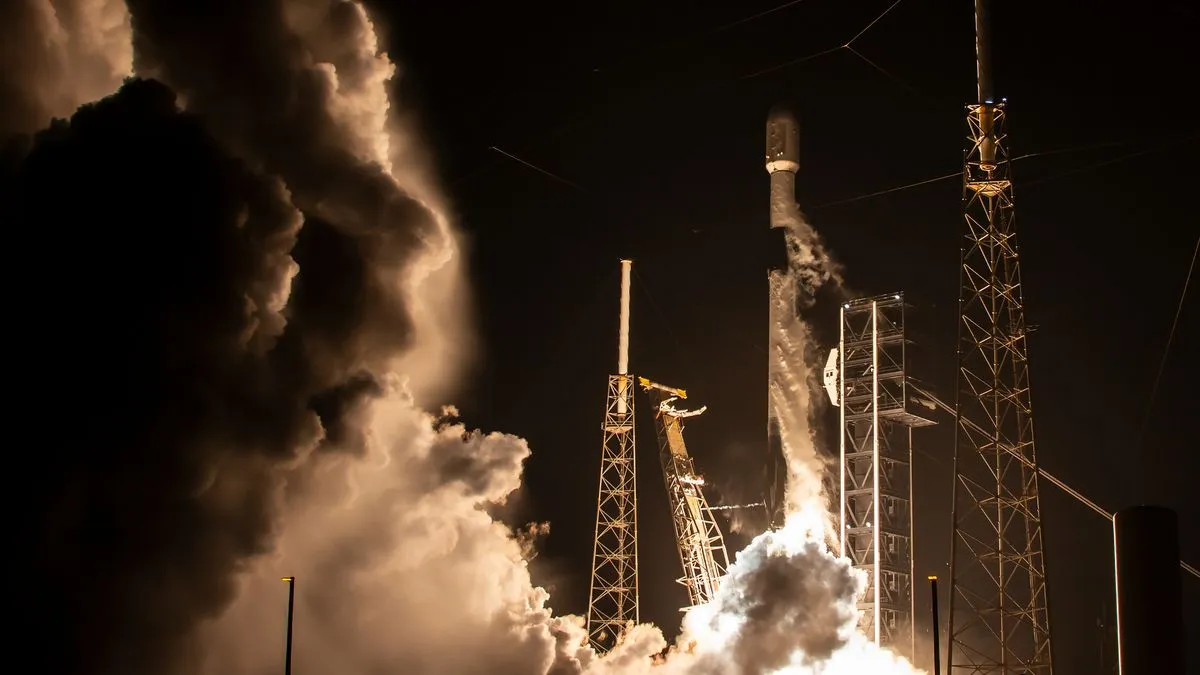
On Saturday night, April 5, SpaceX successfully launched a significant batch of its Starlink internet satellites from Florida. The mission featured a Falcon 9 rocket that lifted off from the Cape Canaveral Space Force Station at precisely 11:07 p.m. EDT (03:07 GMT on Sunday, April 6). This launch represents a crucial step in expanding the capabilities of the Starlink satellite network, which aims to provide global internet coverage.
Approximately eight minutes post-launch, the Falcon 9 rocket's first stage made a successful return to Earth, landing on the SpaceX drone ship named Just Read the Instructions, which was positioned in the Atlantic Ocean. This event marks the 19th launch and landing for this specific booster, highlighting SpaceX's commitment to reusability and sustainability in space operations.
Following the successful landing, the Falcon 9's upper stage deployed the Starlink satellites into low Earth orbit (LEO) approximately one hour after liftoff, as confirmed by SpaceX through a post on X. This deployment is a part of SpaceX's ongoing effort to build out the expansive Starlink megaconstellation, which is the largest satellite network ever assembled.
Remarkably, Saturday night's launch marked the 39th Falcon 9 mission of 2025. Of these missions, about two-thirds have been dedicated to the expansion of the Starlink network, emphasizing the company's focus on enhancing global internet access through satellite technology.
For those interested in observing the Starlink satellite train in the night sky, there are various resources available to help you see and track these impressive satellite arrays. As SpaceX continues to innovate and expand its satellite fleet, the potential for global internet connectivity grows, making it an exciting time for technology and space enthusiasts alike.